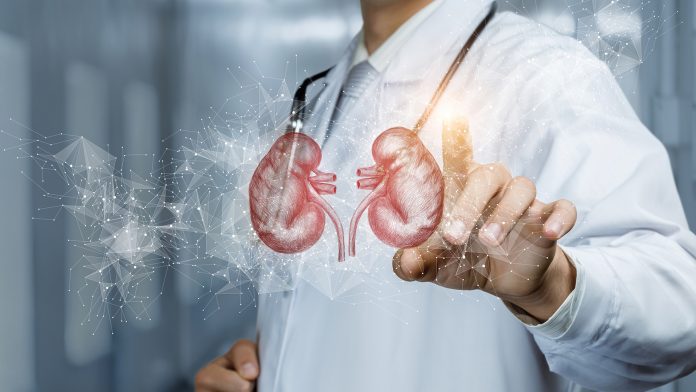
An interdisciplinary research team has used single-cell sequencing techniques to uncover the molecular processes associated with acute kidney injury.
Acute kidney injury is a common complication associated with various diseases; however, the condition is particularly present in patients in intensive care. Prior to this research, the underlying mechanisms of acute kidney injury are not fully understood.
Researchers have described novel gene expression patterns of injured kidney cells in the Genome Medicine and Kidney International journals. The researchers hope their findings will lead to new therapeutic approaches for acute kidney injury and new strategies for biomarker discovery.
The studies were completed by researchers from the Charité – Universitätsmedizin Berlin, the Berlin Institute for Medical Systems Biology, the German Rheumatism Research Center Berlin, Leibniz Institute, and the Hannover Medical School.
Acute kidney injury can have severe consequences
“AKI is a frequent and serious complication in critically ill patients, affecting about half of our intensive care unit patients,” said Dr Jan Klocke of Charité’s Department of Nephrology and Medical Intensive Care.
“The condition is often underestimated, despite the fact that Acute Kidney Injury is associated with increased mortality and patients can suffer permanent damage, even complete loss of kidney function.”
Acute kidney injury often occurs alongside cardiovascular and infectious diseases, including COVID-19. It is also common after surgical interventions and drug treatment. There are currently no established treatment options.
“We try to stabilise affected patients, but so far it is usually not possible to reverse the destructive processes in the kidney with targeted treatments,” said Dr Hinze, supervisor of the studies at Charité and the Max Delbrück Center.
“Up to now, little has been known about which mechanisms are at play in the kidney cells. The aim of our studies was to shed some light on this, with the long-term goal of improving the treatment provided to our patients in the clinic.”
Acute kidney injury can be triggered poor blood supply to the kidneys, meaning cells can no longer receive sufficient oxygen and nutrients. Cells can react extremely to the lack of oxygen and produce signal substances that can lead to inflammation and fibrosis in the surrounding tissue.
Previous studies have shown that the epithelial cells — the cells that line the fine renal tubules — are involved in the inflammatory and fibrotic processes. The researchers demonstrated this using a novel state-of-the-art method called single-cell sequencing, enabling them to create a profile of the molecular gene expression.
The recent studies are among the first to investigate the molecular processes in acute kidney injury using single-cell technologies in kidney cells. The researchers analysed cells taken from tissue and urine samples of more than 40 patients. The molecular patterns of more than 140,000 cells were then examined using state-of-the-art bioinformatics.
The findings could lead to new treatments
“Single-cell sequencing allows us to virtually zoom into each cell and see which genes are active in that cell at that point in time,” explained Dr Hinze.
“From this, we can determine whether that particular kidney cell is currently functioning normally, is under stress, or is about to die. This cutting-edge technology gives us an understanding of acute kidney injury in unprecedented detail.”
The researchers showed that different cell types react differently to acute kidney injury. The strongest response was observed in the epithelial cells of the renal tubules. The results of the latest studies have revealed that the epithelial cells of almost all tubule segments are involved in the injury processes.
“This illustrates once again how important it is that we study human systems and learn to understand them better,” said Dr Hinze.
“In the different types of epithelial cells, we were able to identify certain molecular patterns that occurred in all patients with the condition, but at individual abundances. In the future, these findings could help doctors to better assess the risk for severe disease progression.”









